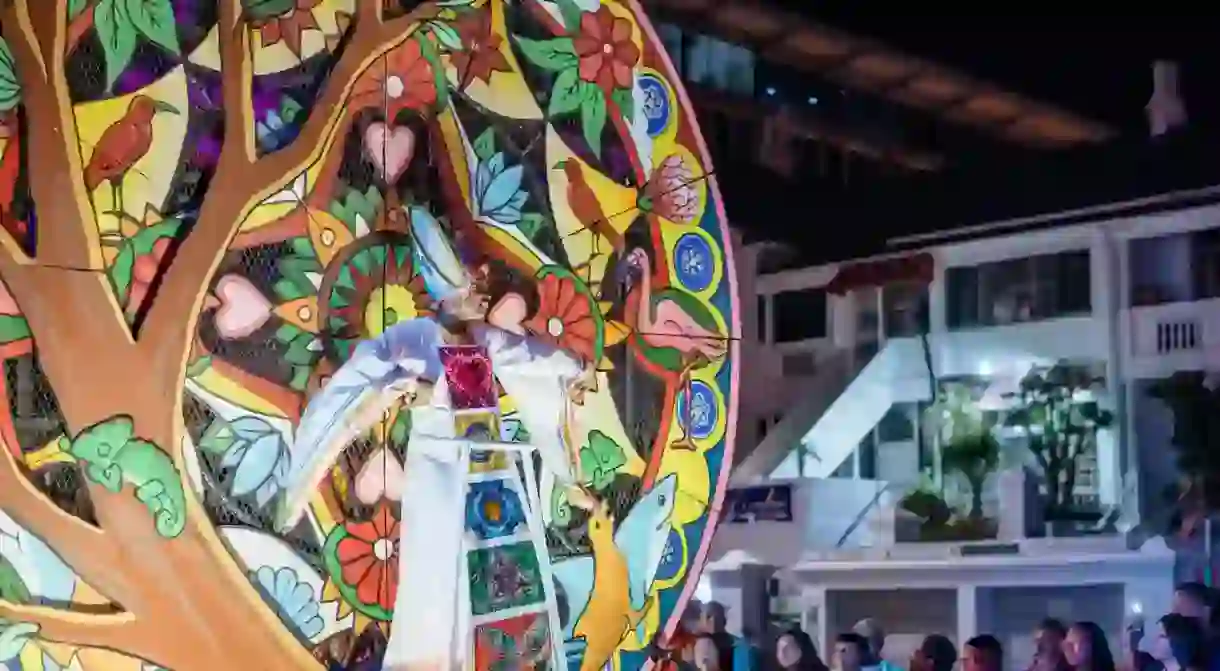Why Cape Town's Eclectic Carnival Is So Mesmerising

Cape Town’s annual carnival may not have the history and gravitas of some of the decades-old festivals from around the world, but it’s a remarkable, lively celebration of the city’s many cultures that has become a popular event on the busy local calendar.
Cape Town Carnival sprang to life in 2010, the year that the world focus shifted to South Africa during the FIFA World Cup. The festival capitalised on the infectious atmosphere of the time, and though it’s since moved from busy Long Street to the more manageable Fan Walk in Green Point, it’s no less eclectic and enthralling. And the crowds have responded, too: in recent years the Cape Town Carnival spectator crowds have grown to over 50,000.
It’s without doubt a beautiful annual spectacle, but what makes the carnival so special is its inclusiveness and community-centred approach. The organisers provide opportunities for local communities interested in arts and culture to participate on all levels, from costume design to set building. This leads to job creation and training that equips many people to enter into similar industries at other times of the year.
The carnival adopts a new theme each year that’s somehow linked to the city and its people, but always has a strong message of diversity and inclusiveness. 2018 was, ‘Mother City, Mother Nature’, and over 2,000 costumed performers and musicians took to the streets and hopped aboard dazzling floats in a captivating synchronised performance.
The precession ends at the Cape Town Carnival Village, where DJs, food stalls and a bar keep revellers happy until the late hours of the night. Though the carnival is free to onlookers along the procession route, there are also several ticketed viewing points and stands along the main route that allow seating and clear views.
The Cape Town Carvnial has become a unifying experience for tourists and locals alike, and it’s a truly festive celebration of the city’s creativity, culture and diversity.













